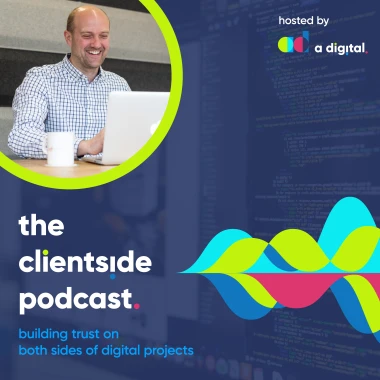
Customer Journeys with Will Laurenson
The Clientside Podcast
38 min Will Laurenson
In this episode of The Clientside podcast Andrew Armitage discusses the customer journey and it's significance with Will Laurenson of Monkey Blocks. With e-commerce taking up significantly more of the market than it did prior to lockdown, there has never been a better time to ensure you are getting it right.
Their discussion focuses on how to creative a positive experience for your customer at every touch point whether it be in your online shop, customer service centre or through your customer loyalty programme.
Listen on your smart device or read the transcript below
If you make it difficult, you're only going to make things worse for you. They might complain to your customer service. They'll probably complain to their friends. They might complain on social media. You don't have to make it difficult.
Will Laurenson Tweet

